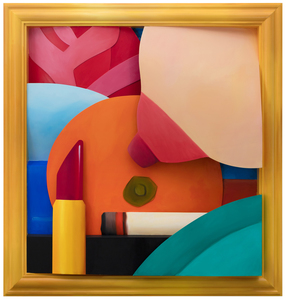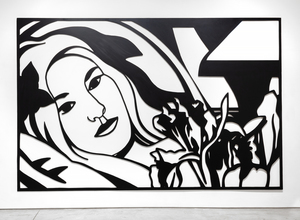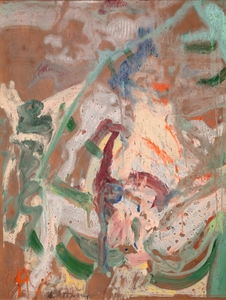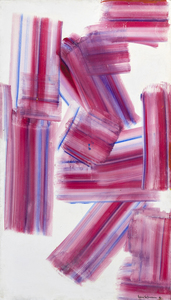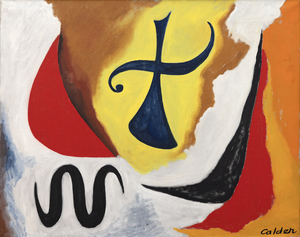توم [وسّلمنّ] (1931-2004)
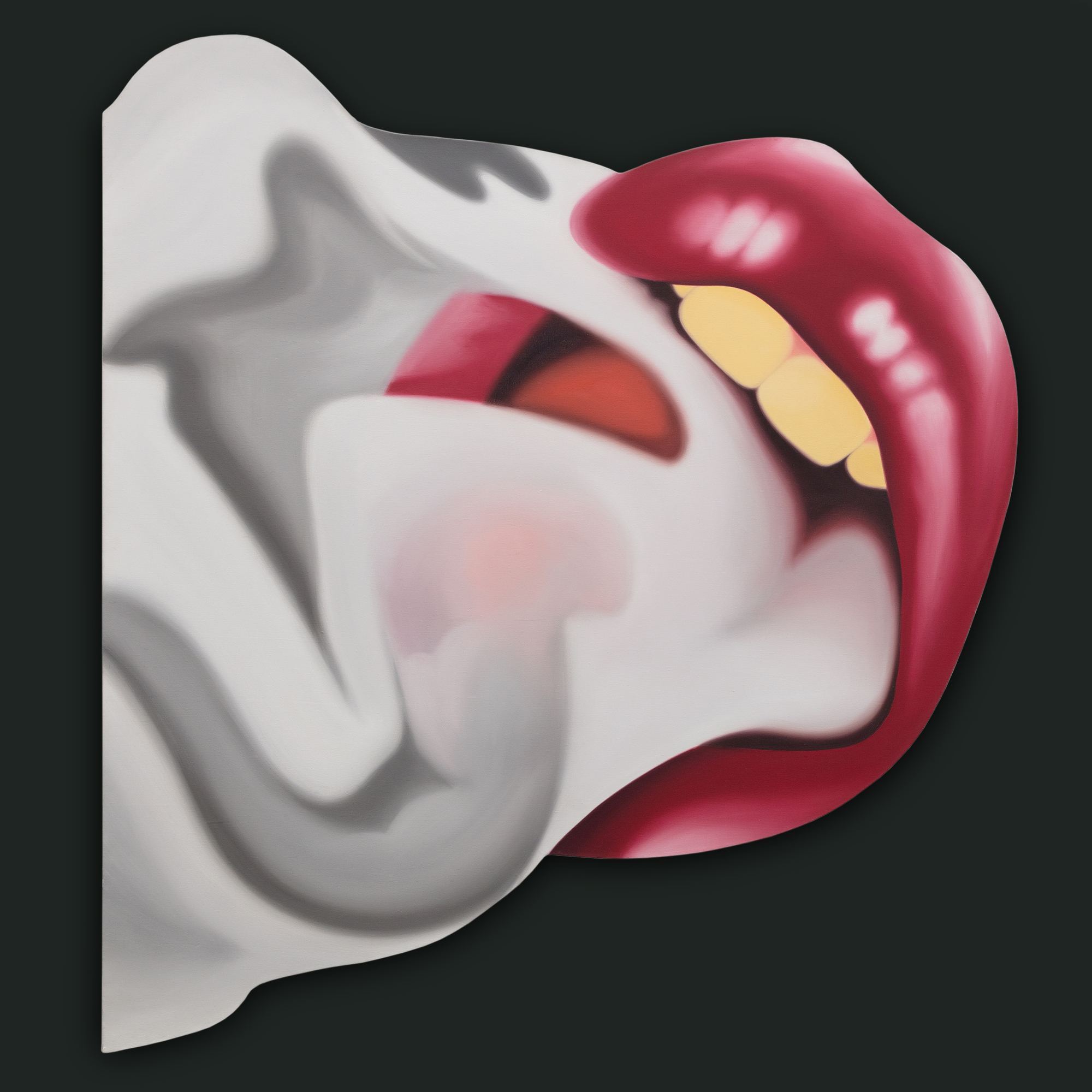
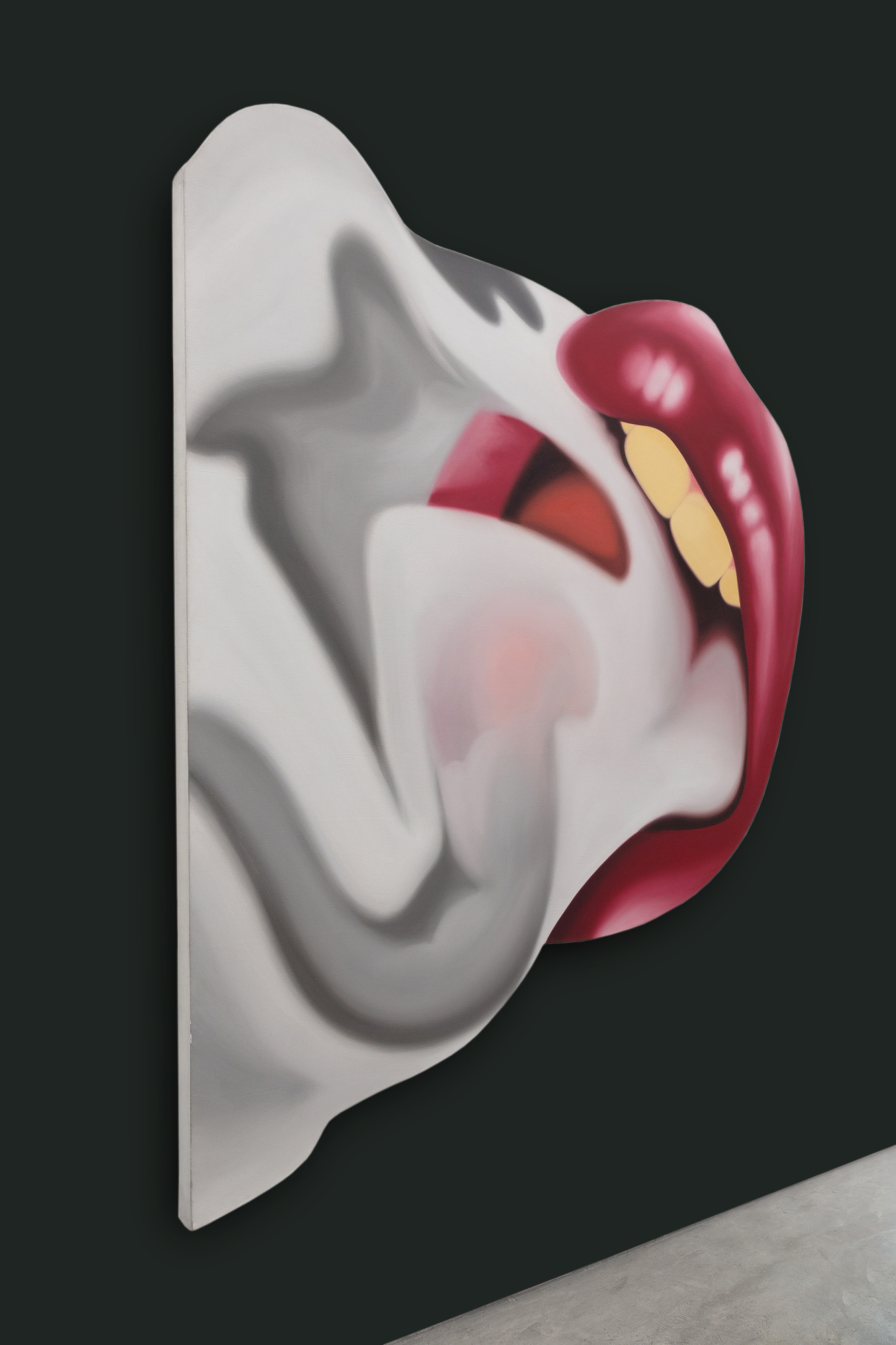
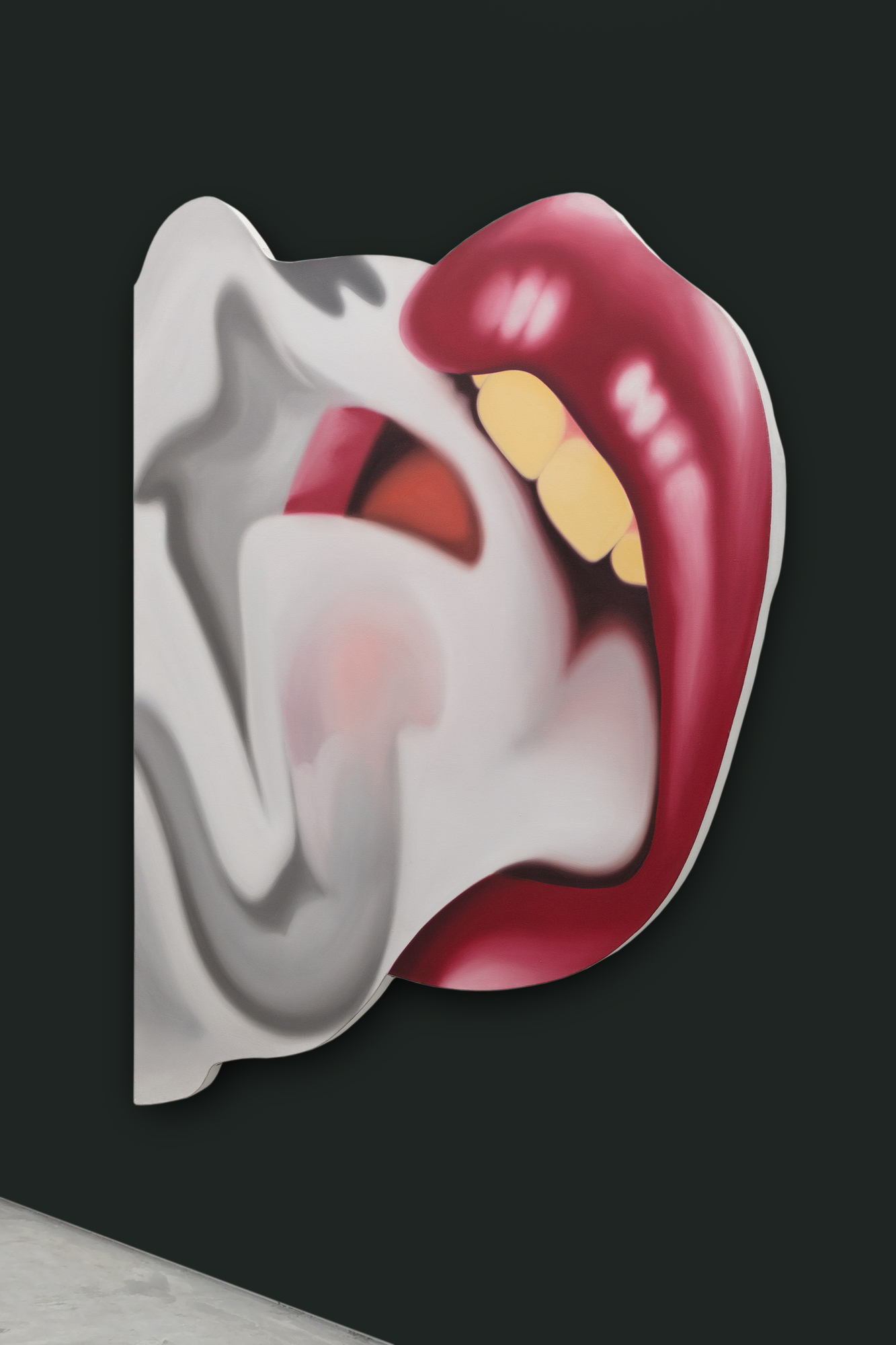
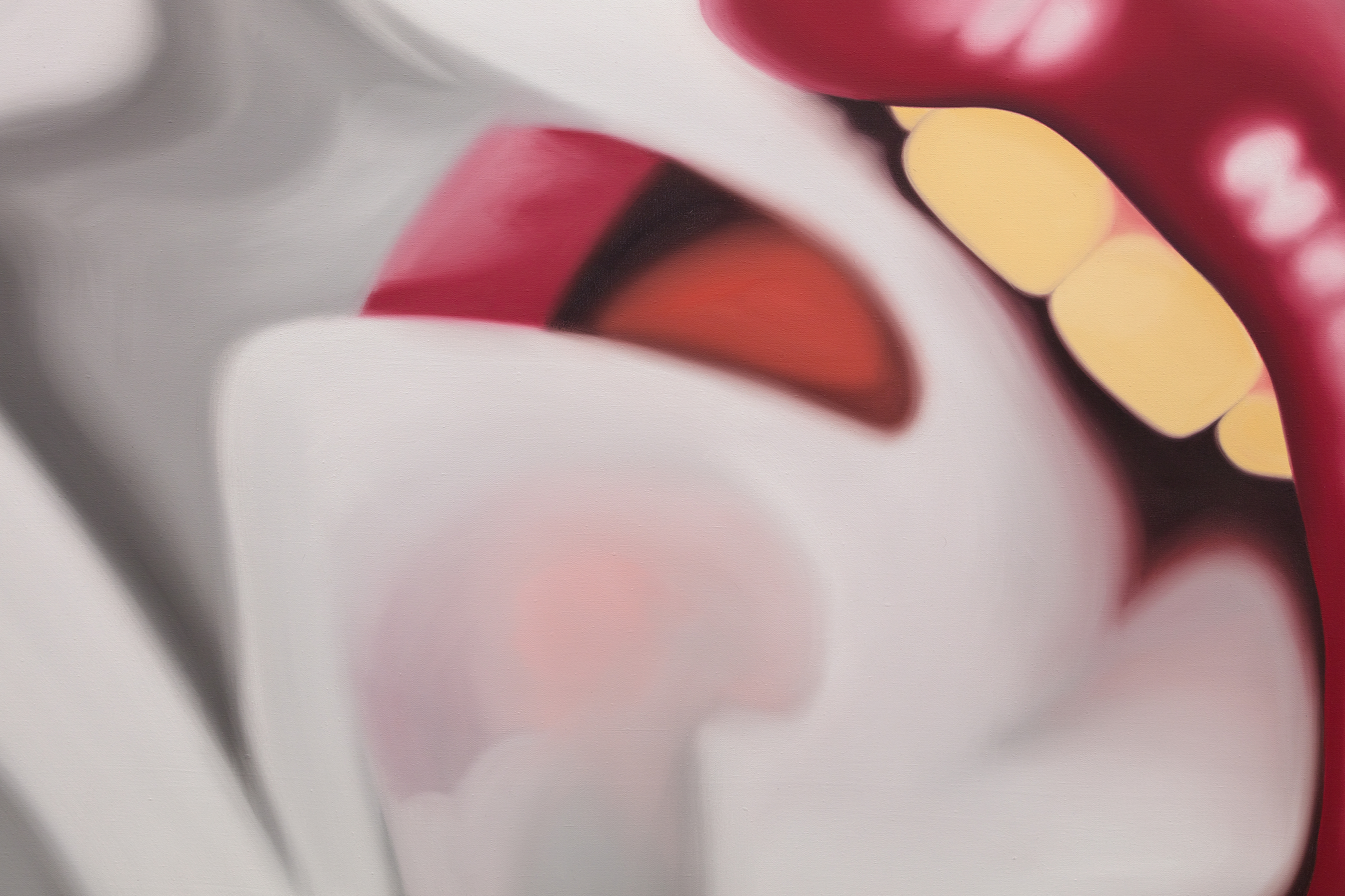
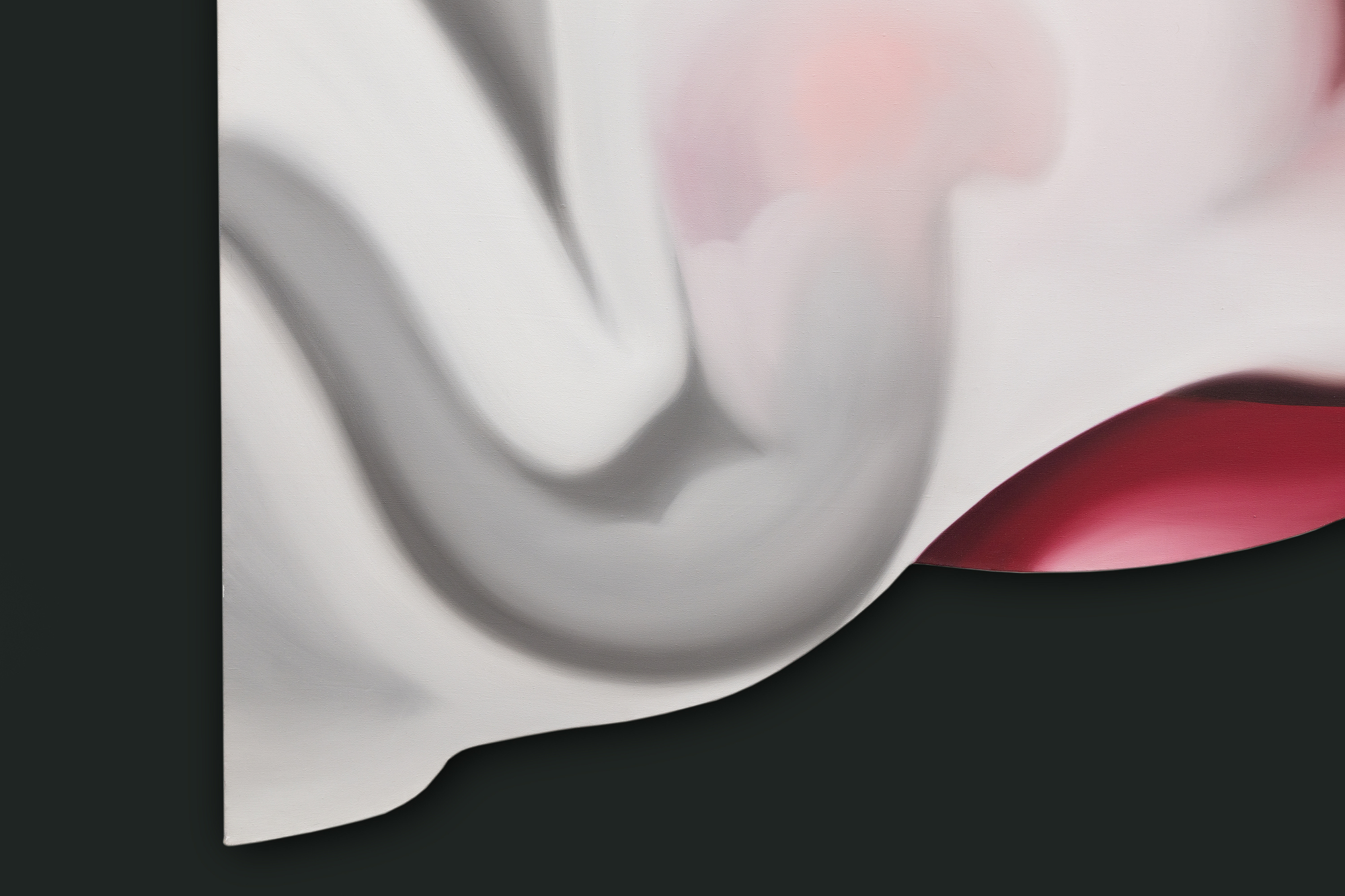
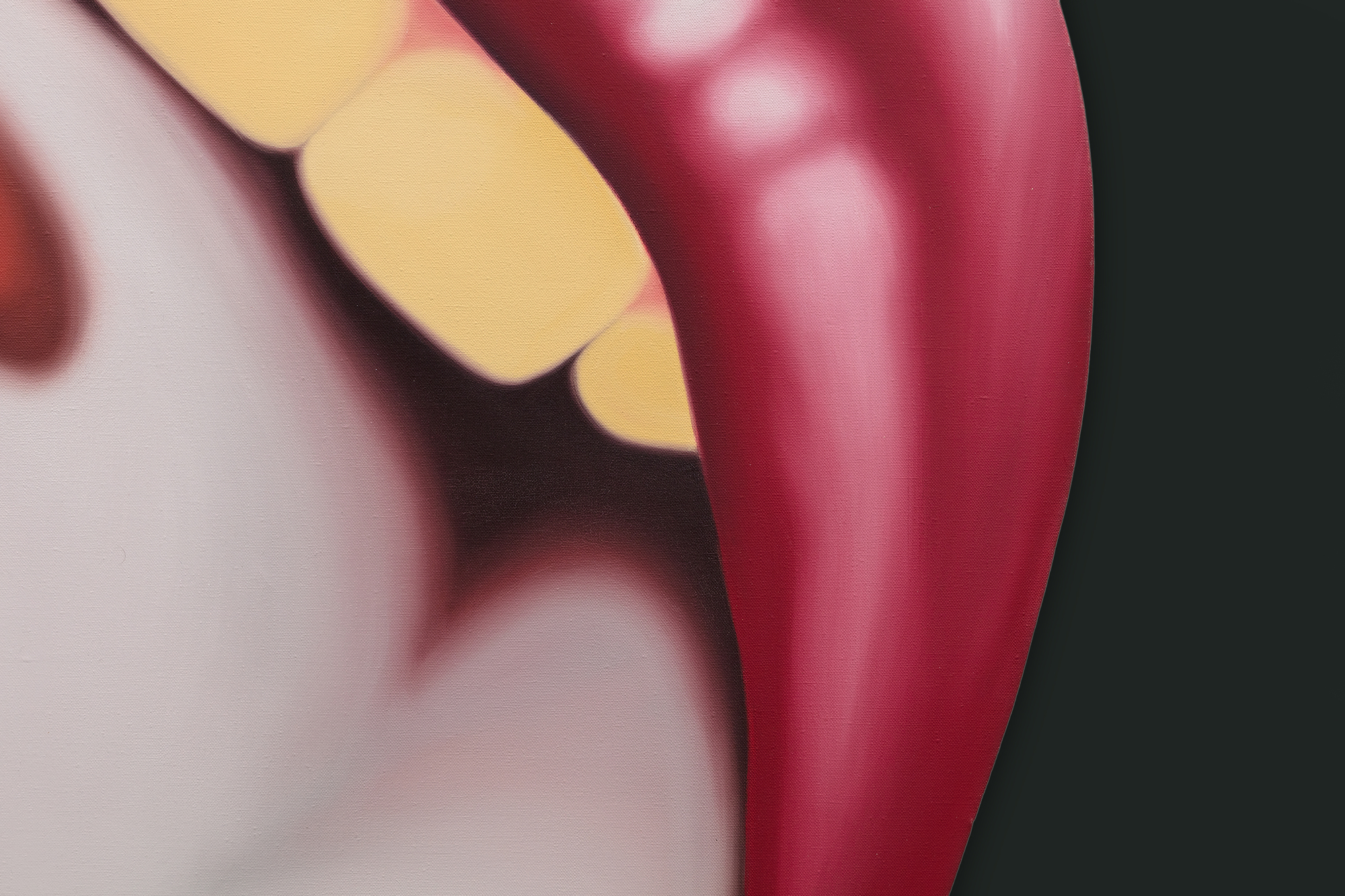
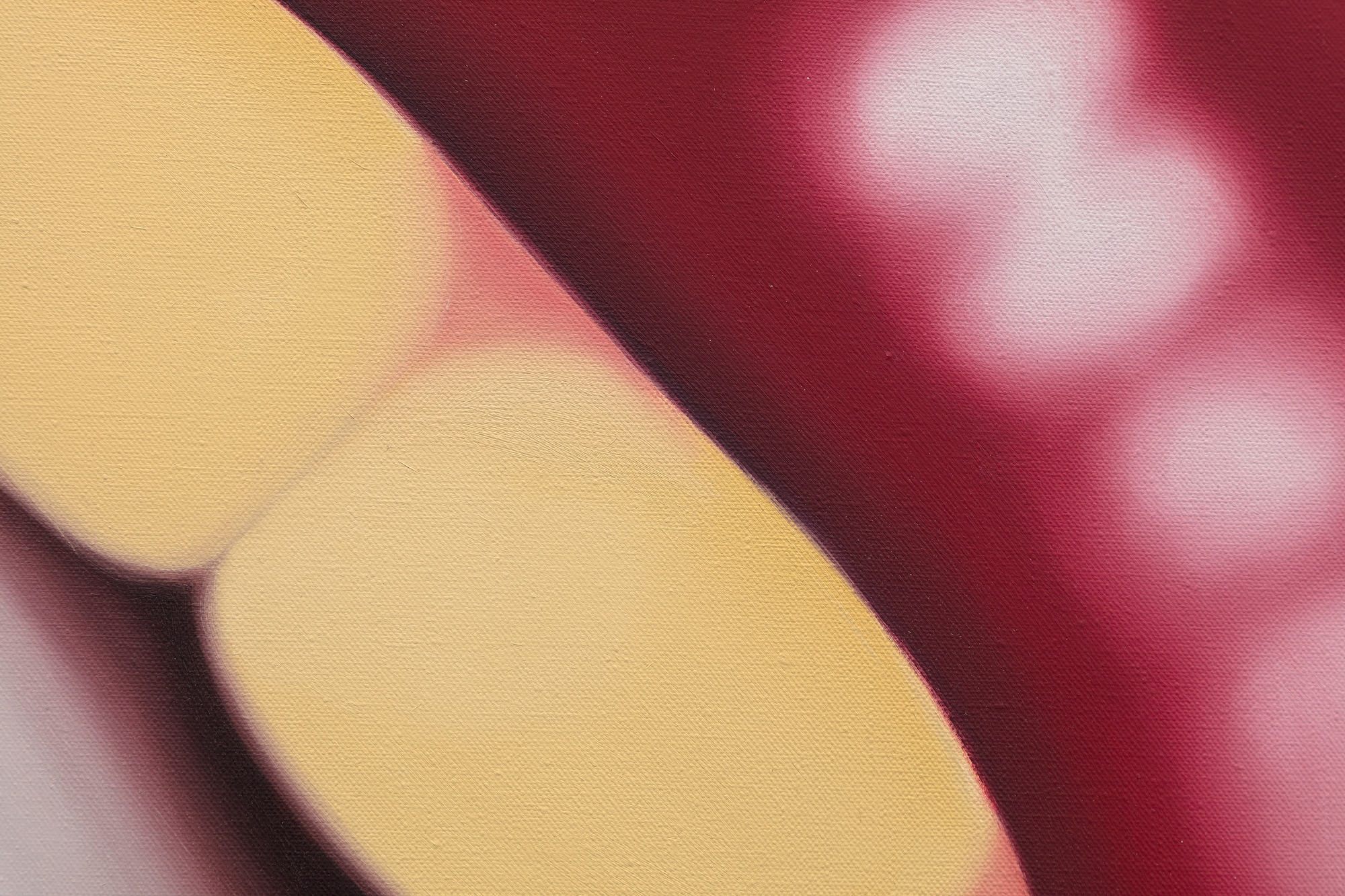
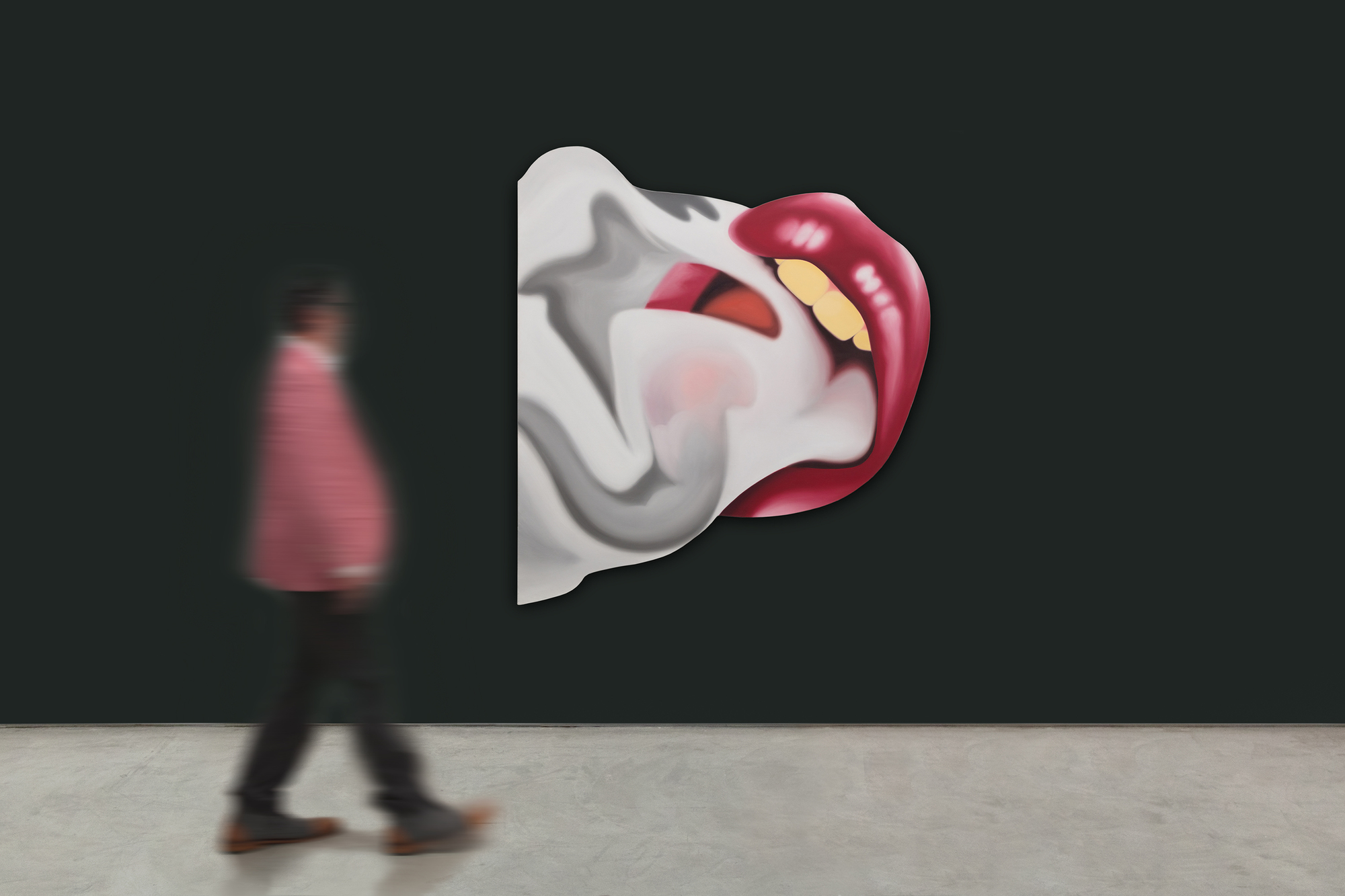
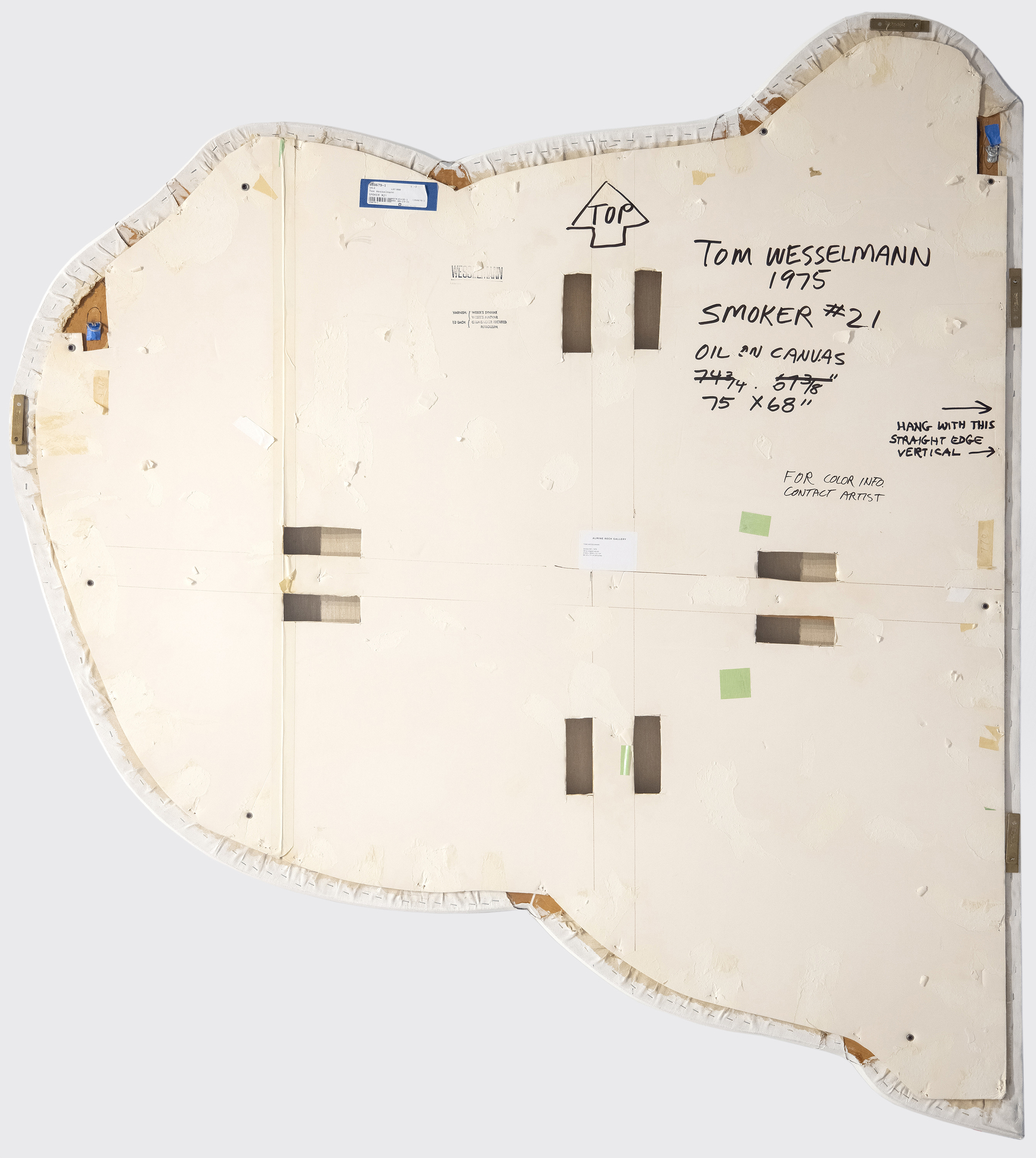
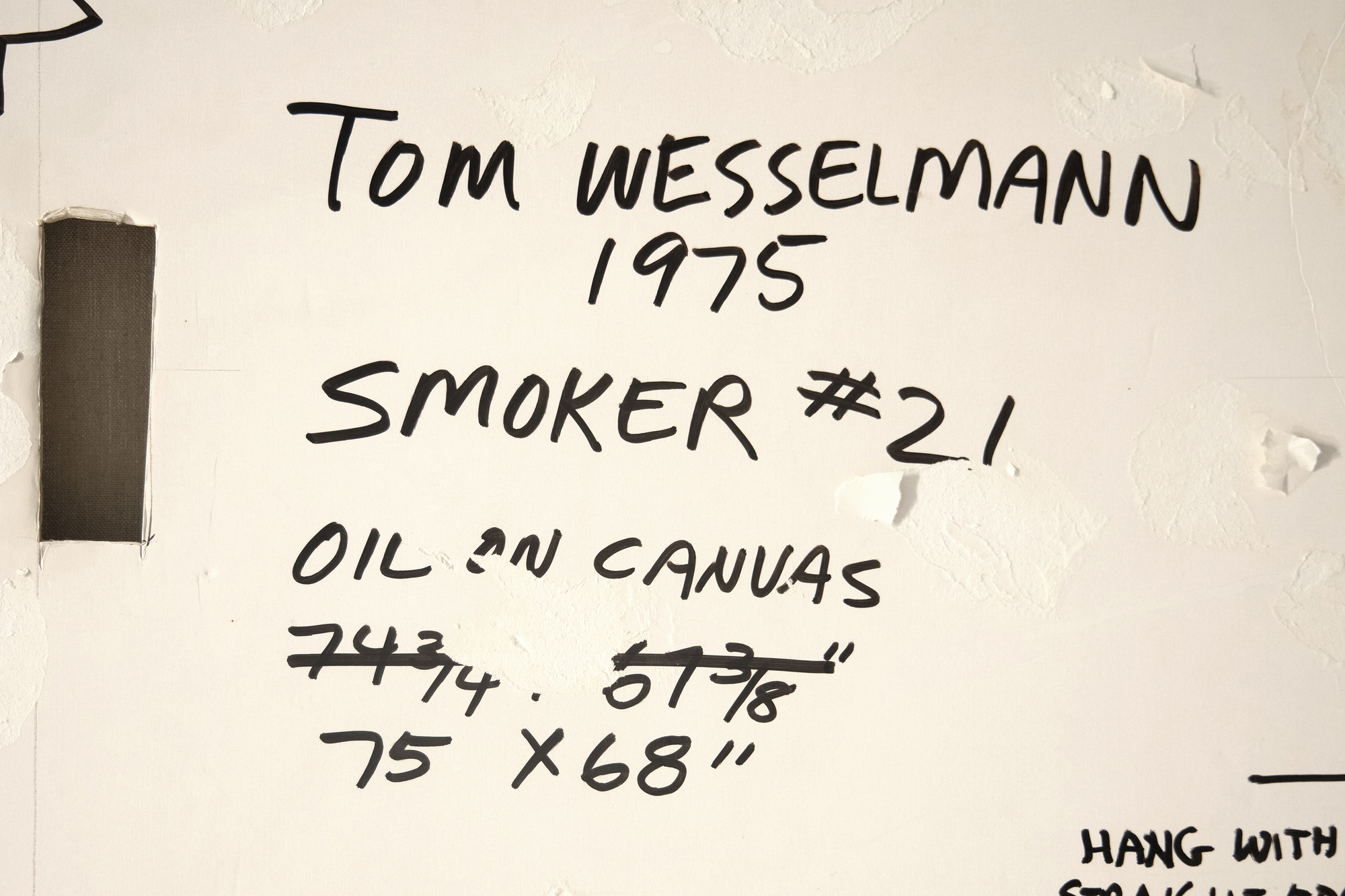
الاصل
تركة الفنانمعرض روبرت ميلر، نيويورك
مقتنيات خاصة، اليابان، تم اقتناؤها من المذكور أعلاه، 2006
مجموعة خاصة من يوساكو مايزاوا، اليابان، تم اقتناؤها مما سبق، 2012
سوذبيز نيويورك: البيع المسائي للفن المعاصر، 18 مايو 2017، القطعة 28
مجموعة خاصة، تم الحصول عليها من البيع أعلاه
كريستيز لندن: المزاد المسائي لدار كريستيز لندن: المزاد المسائي للقرن العشرين/الحادي والعشرين، الثلاثاء، 28 يونيو 2022، القطعة 73
هيذر جيمس للفنون الجميلة
مجموعة خاصة، تم اقتناؤها من المجموعة المذكورة أعلاه
معرض
نيويورك، معرض سيدني جانيس، معرض سيدني جانيس، الرسم الجديد... اكثر...ق بواسطة توم فيسيلمان، أبريل-مايو 1976، رقم 9... اقل...
التاريخ
بعد أن أقحم نفسه عن غير قصد في محادثة فن البوب مع سلسلته العارية الأمريكية العظيمة ، أمضى توم ويسلمان بقية حياته المهنية موضحا أن دافعه لم يكن التركيز بشكل مفرط على موضوع ما أو توليد تعليق اجتماعي ولكن بدلا من ذلك ، لإعطاء شكل لما جعله أكثر جمالا وإثارة. أثبتت سلسلة الفم غير المجسدة لعام 1965 أن الصورة لا يجب أن تعتمد على عناصر غريبة لتوصيل المعنى. لكن أدائه التالي مع سلسلة Smoker وجاذبيتها المغرية والصنمية هي التي رفعت مكانته بين sybarites الحقيقيين في كل مكان. بصرف النظر عن إدراك التدخين على أنه رائع وأنيق ، فإن لوحة مثل Smoker # 21 هي الاحتفال البارع بقدرات Wesselmann كرسام. بإغراء الدخان المتموج ، بذل Wesselmann جهودا كبيرة لتصوير حركاته المتعرجة بدقة ومراقبة فترات التوقف اللحظية التي زادت من تقديره لطبيعته الحسية. مثل جميع الأعمال الفنية المذهلة ل Wesselmann ، يتمتع Smoker # 21 بحضور قيادي لمذبح. تم إنتاجه خلال ساعات طويلة في الاستوديو المثير للإعجاب في مانهاتن في ميدان كوبر ، والنتيجة هي ديناميكية قائظة - مثيرة للذكريات ، حسية ، مغرية ، أنيقة ، فاتنة ، وربما حتى شريرة - لوحة تتباهى بتفوقه الرسومي وواقعيته القوية المصقولة بذوقه الجنسي الحاصل على براءة اختراع.
مصدر الصور
توسع توم ويسلمان في نجاح كتابه Great American Nudes من خلال التركيز على السمات الفريدة لموضوعاته وبدأ في رسم سلسلة Mouth الخاصة به في عام 1965. في عام 1967 ، توقفت صديقة ويسلمان بيغي سارنو لتدخين سيجارة أثناء عرض الأزياء لسلسلة فم ويسلمان ، مما ألهم لوحاته المدخنة. كانت همسات الدخان صعبة في الرسم وتطلبت من Wesselmann استخدام الصور كمواد مصدر لالتقاط طبيعة الدخان سريعة الزوال بشكل صحيح. تظهر الصور هنا ويسلمان وهو يصور صديقه ، كاتب السيناريو دانييل طومسون ، وهي تقف لبعض صور مصدر فيسيلمان.
أفضل النتائج في المزاد
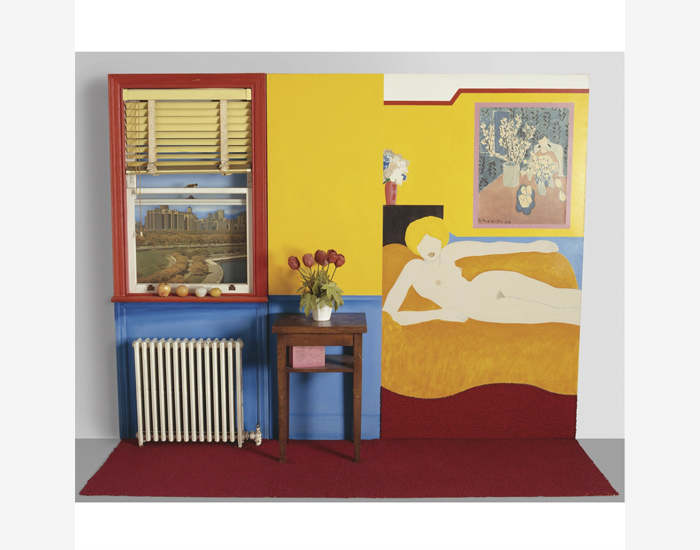
"Great American Nude No. 48" (1963) بيعت مقابل 10,681,000 دولار.
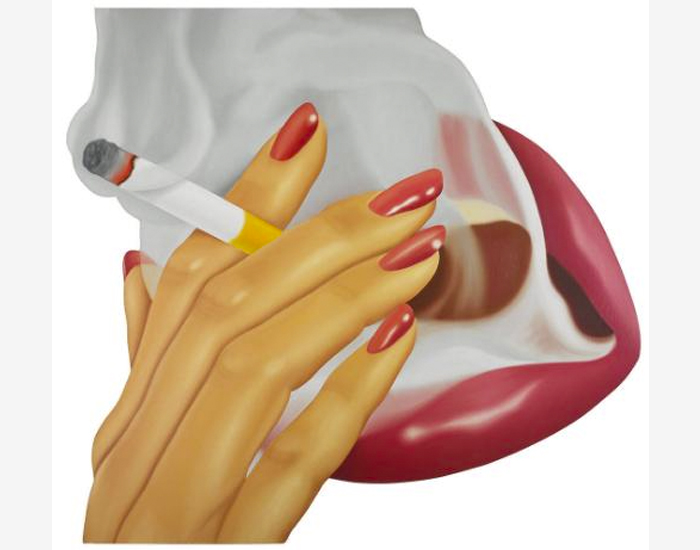
"المدخن # 9" (1973) بيعت مقابل 6،761،000 دولار.

"المدخن # 17" (1973) بيعت مقابل 5،864،000 دولار.
لوحات مماثلة تباع في مزاد علني

"المدخن # 9" (1973) بيعت مقابل 6،761،000 دولار.

"المدخن # 17" (1973) بيعت مقابل 5،864،000 دولار.

المدخن # 5 (الفم # 19) (1969) بيعت مقابل 4،703،900 دولار.
لوحات في مجموعات المتحف
متحف الفن الحديث، نيويورك
معهد مينيابوليس للفنون
متحف دالاس للفنون
المتحف العالي للفنون ، جورجيا
متحف كريستال بريدجز للفن الأمريكي ، أركنساس
متحف كرانبروك للفنون ، ميشيغان
ناسجونالموسيت، النرويج
متحف محافظة توياما للفنون والتصميم ، اليابان
المصادقه
تمت الموافقة على إدراج Smoker # 21 في الكتالوج القادم لأعمال Tom Wesselmann الفنية من قبل لجنة Wesselmann التابعة لمعهد Wildenstein Plattner.
معرض الصور
موارد إضافية
الاستفسار
أعمال أخرى لتوم ويسلمان
قد تحب أيضا





































